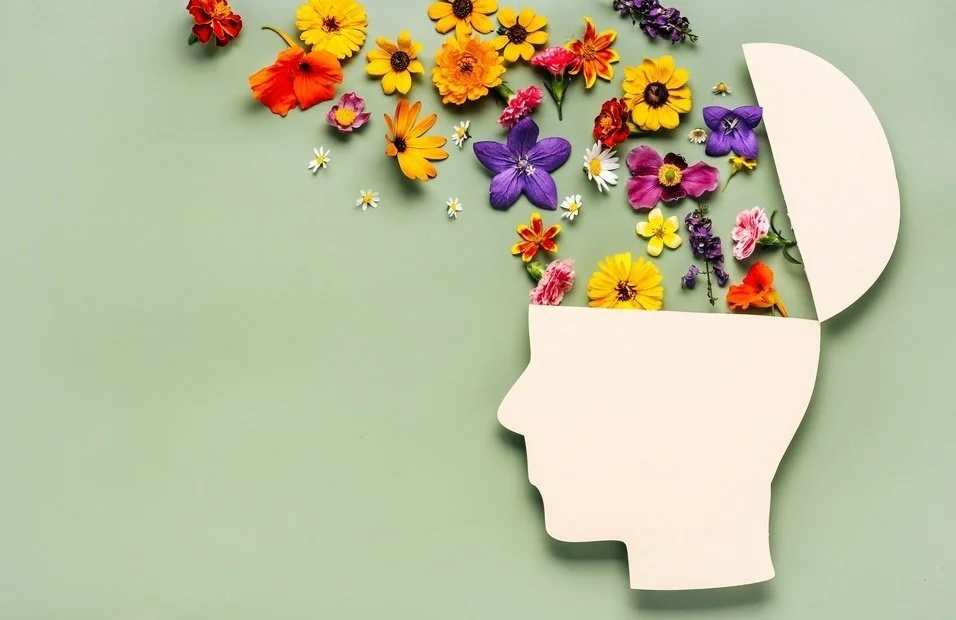How to Cope with Seasonal Affective Disorder
Does a lack of sunshine make it hard for you to stay motivated? Do you feel more depressed in the cold seasons? You may be experiencing Seasonal Affective Disorder, otherwise known as winter blues or seasonal depression.
Seasonal Affective Disorder (SAD) is a form of depression that is dependent on the seasons and can start in the fall and last until the spring. A lack of sunlight during the winter months can leave people feeling sad, less motivated, or low energy. It can also have some physical manifestations like an increase in eating and sleeping.
About four to six percent of people have SAD, and another 10 to 20 percent have a mild case of it. It is more common in women than men and affects people in northern climates more, according to the American Academy of Family Physicians.
While experts aren’t certain why people get SAD, most contribute it to a shift in circadian rhythm, our internal clocks that causes us to feel energized sometimes and drowsy others. Other experts theorize that it could be the changing seasons disrupting ones hormones, that can regulate our sleep habits and mood.
Some common signs of SAD include:
- Sleeping too much
- Changes in appetite
- Loss of interest in your normally enjoyable activities
- Feeling consistently tired and low energy
- Feelings of depression most of the time
If you feel as though you may be experiencing SAD, there are a few ways to help manage it.
1. Talk to your doctor
First and foremost, if you believe you are experiencing SAD and it is affecting your daily life and wellbeing, get in touch with your doctor. Having weekly appointments with a therapist can alleviate some of the symptoms of SAD and if your case is extreme, a prescribed anti-depressant may be a good option.
2. Invest in lighting
One of the believed causes of SAD is a lack of sunlight. And if you live in a northern state like Minnesota, you could go days without seeing the sun during the winter. So how can you get exposure to sunshine when the sun is hidden behind clouds for days on end? The answer can be simple: phototherapy boxes. This is a certain kind of lamp that mimics sunshine and can help in the management of SAD.
3. Maintain a healthy diet
A lack of sunlight can cause a lack of vitamin D in the body. To account for this, you can eat more vitamin D rich foods in the winter such as salmon, eggs, and mushrooms. Eating more fruits and vegetables can also point to increased wellbeing and happiness. Adding some more natural foods to your diet during the winter is an easy way to boost your vitamin intake and improve your lifestyle. You can also add a vitamin D supplement to boost your intake.
4. Focus on physical activity
Coupled with a healthy diet, physical activity can also be a source of happiness during the colder months. Even simply getting outside for a short walk when it’s cold outside can mitigate some of the symptoms of SAD. One of the main symptoms of SAD is lethargy and fatigue, so making an effort to get some physical activity in during the day could be a big help.
5. Avoid isolation
A common symptom of depression is isolation. Instead of staying in during the winter, plan weekly social activities with friends and loved ones. Even if it’s only for an hour or two, social interaction can give us a boost in serotonin and a feeling of community.
6. Stick to a schedule
Sticking to a schedule, like getting up at the same time and going to bed at the same time every day, can be a great way to manage the symptoms of SAD. A tool to help you succeed are dawn simulators. Dawn simulators are alarm clocks, but rather than waking you up with a loud abrupt alarm, they produce light that gradually increases in intensity like the sun.
7. Lean into your hobbies
Another common side effect of depression is a loss of interest in the hobbies that normally excite you. If one of your hobbies is reading, you could try to read a easy, fictional story to spark your interest again. Try not to put too much pressure on your hobbies, though. If you are feeling no interest in them, you could do a tiny thing each day to try and bring back that excitement.
If you or someone you love struggles with SAD, please reach out to us. Our team of therapists is here to provide support and guidance. We look forward to connecting with you.






